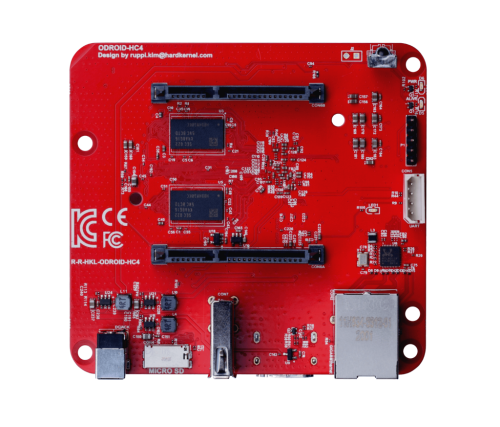-
Volunteering positions
-

Single board computer maintainer
Position: Board maintainerNumber of places: 64Applicants: 74
-
-
Chat | Social Media
#armbian at
irc.libera.chat or irc.oftc.net
Matrix or Discord
Mastodon | 𝕏 -
Popular Now
-
Activity Stream
-
29
Adding the edge kernel to Rock 2F/2A
It said "archlinux" because I took something from my notes for my Arch Linux images. It was only an example command and you can put there anything on how you named the image. I did not include image creating and bootrapping an OS into the image. I mainly wanted to show you how you can build and flash your custom u-boot. You get these "idbloader.img" and "u-boot.itb" files from the steps I laid out. If you download u-boot, bl31, ddr and compile it, you will see the files in the folder. I am sure you will understand this pretty fast. :-) Create an empty img file Create a rootfs partition (should start at 16MB) Bootstrap Debian or Ubuntu into the image Then start with the u-boot stuff above. By the time 6.19 drops, you will be a master in building images. :-) -
2
PHC support for NanoPi R76S
yes. I tried r8125-9.016.01 but with mixed results. Ethernet addresses could not be read by the new driver. And PHC support was no longer shown after reboot. -
3
Edit ArmbianEnv.txt when machine is unable to boot?
The thing is that no file is present under /boot. It's true for some other folders (I can't check rn) but the /home folder is fine. It's not a missing permission problem, `sudo ls /boot` yields the same result. I'll get back at you when I can check but this seemed to be happening on 2 different computer. I just assumed that /boot is meant to be empty and gets populated at boot (and it was just strange design), since I can't see any content in /boot when mounting the sd card externally even when the box boots fine. From inside the box when it boots fine I can access the content of /boot though. I'll try to get my hands on a serial to usb cable, though this will just help to figure out why it doesn't boot, not why I can't access the content on the sd card externally. -
3
Helios64 - Unable to transfer install from eMMC to SDCard
If it is bootable, it is supposed to boot from it. The default u-boot boots first from SD, then eMMC, then SATA. -
2
PHC support for NanoPi R76S
From a quick research it seems mainline driver does not support this. You need to install out of band driver from realtek
-
-
Member Statistics



